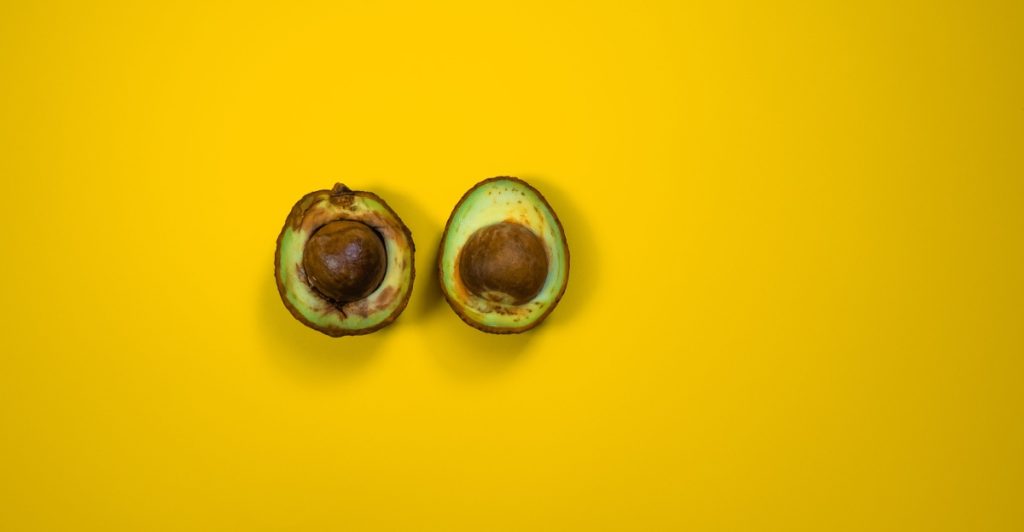Overripe, mushy avocados could soon be a thing of the past. Researchers at Oregon State University have developed an AI tool that can assess an avocado’s ripeness and quality — just by analyzing a photo from your phone.
Others are reading now
Overripe, mushy avocados could soon be a thing of the past. Researchers at Oregon State University have developed an AI tool that can assess an avocado’s ripeness and quality — just by analyzing a photo from your phone.
The AI that sees through your produce
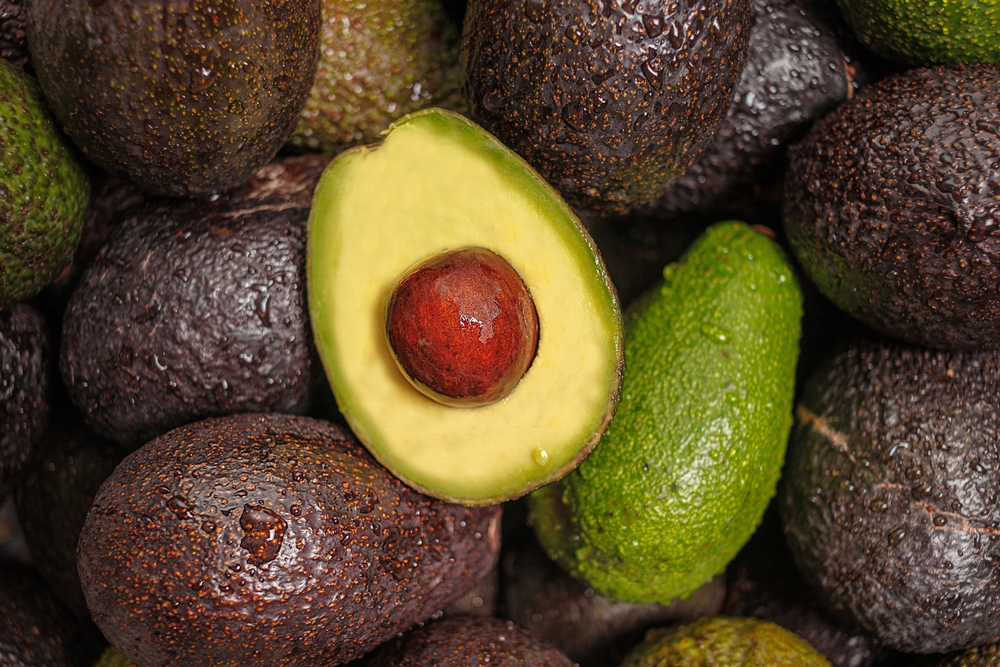
A machine learning model trained on over 1,400 iPhone photos can predict avocado freshness and firmness with impressive accuracy. The tool is designed for both individual shoppers and large retailers.
Why avocados are a waste problem
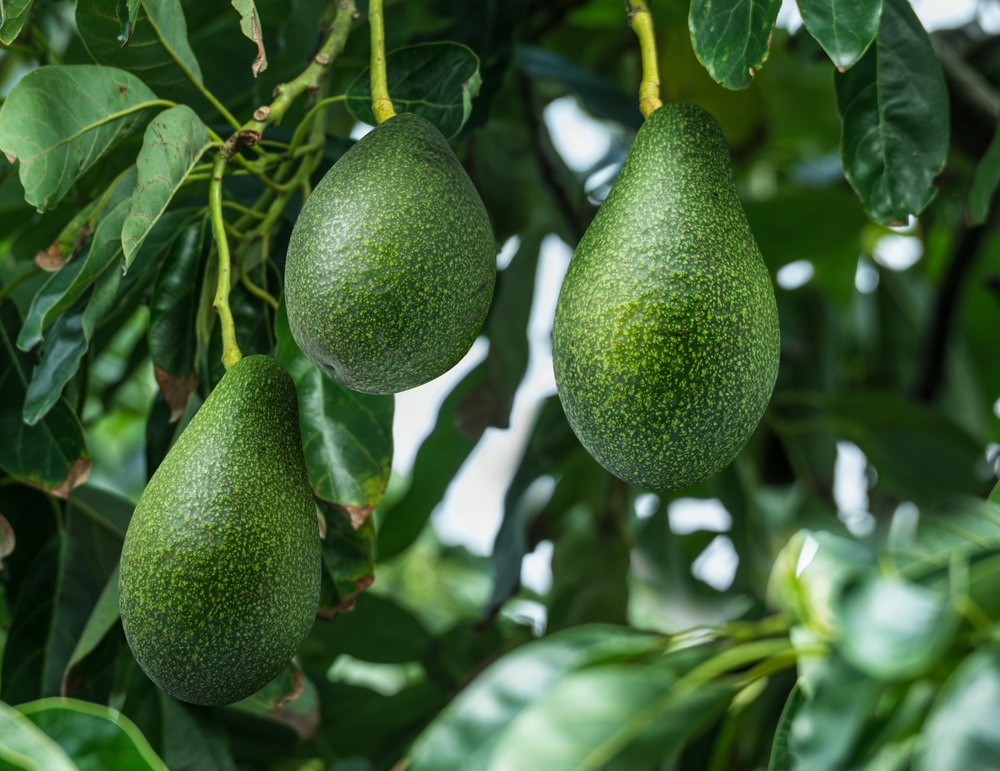
Avocados require huge amounts of water and fertilizer, yet yield fewer fruits than most crops. They have a carbon footprint up to five times greater than apples — and much of that impact is worsened by food waste.
Most avocados end up in the trash
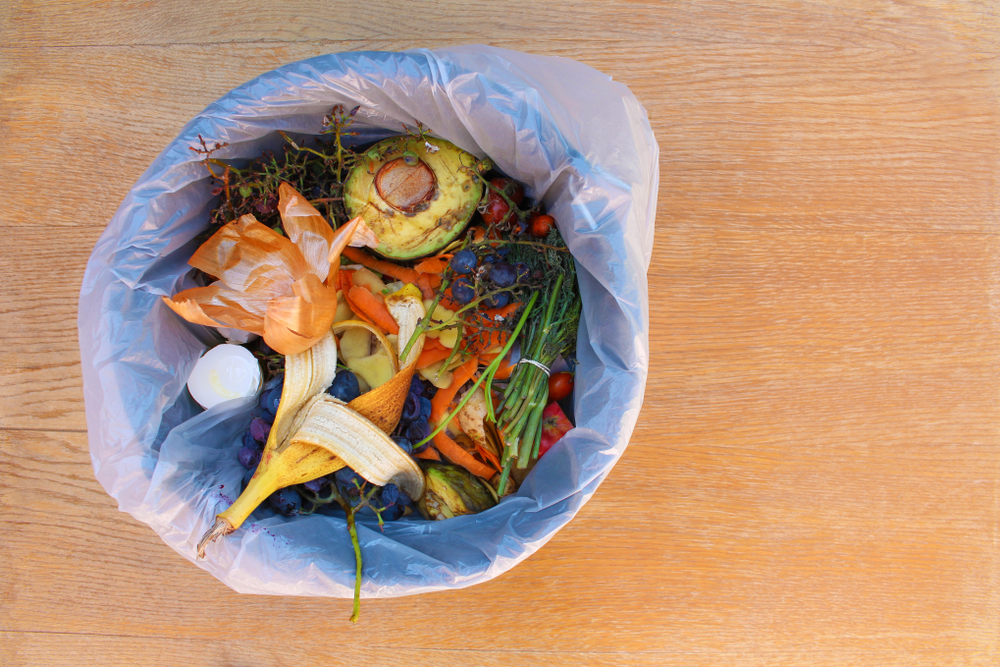
Many avocados are tossed before they’re ever eaten, simply because their ripeness isn’t obvious. This not only wastes food, but intensifies the fruit’s environmental cost.
A smarter way to shop for ripeness
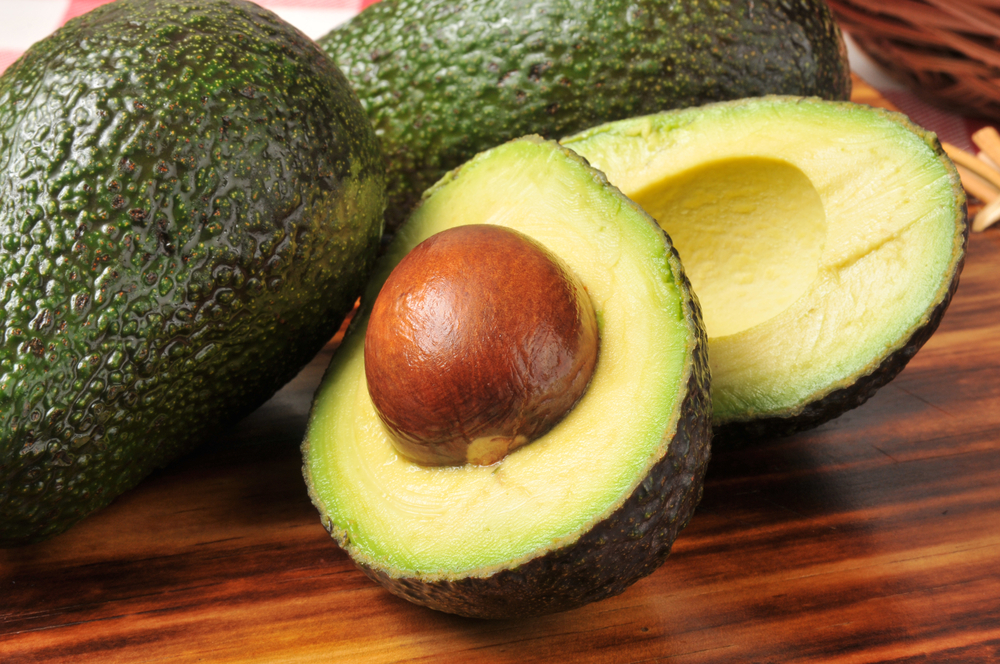
Instead of slicing fruit open, the AI assesses quality through visual cues — like color, texture, and shape — all gathered from a basic smartphone photo. No invasive tools required.
Also read
Deep learning drives better predictions
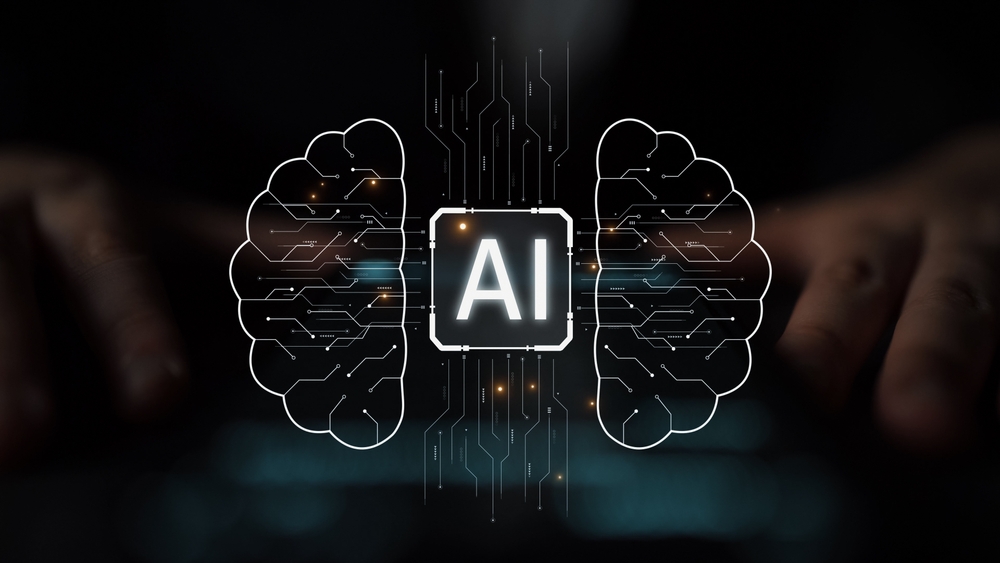
Unlike older models that needed manual feature inputs, this deep learning system detects a wider range of traits automatically. The result is sharper, more reliable predictions.
Accuracy that keeps improving
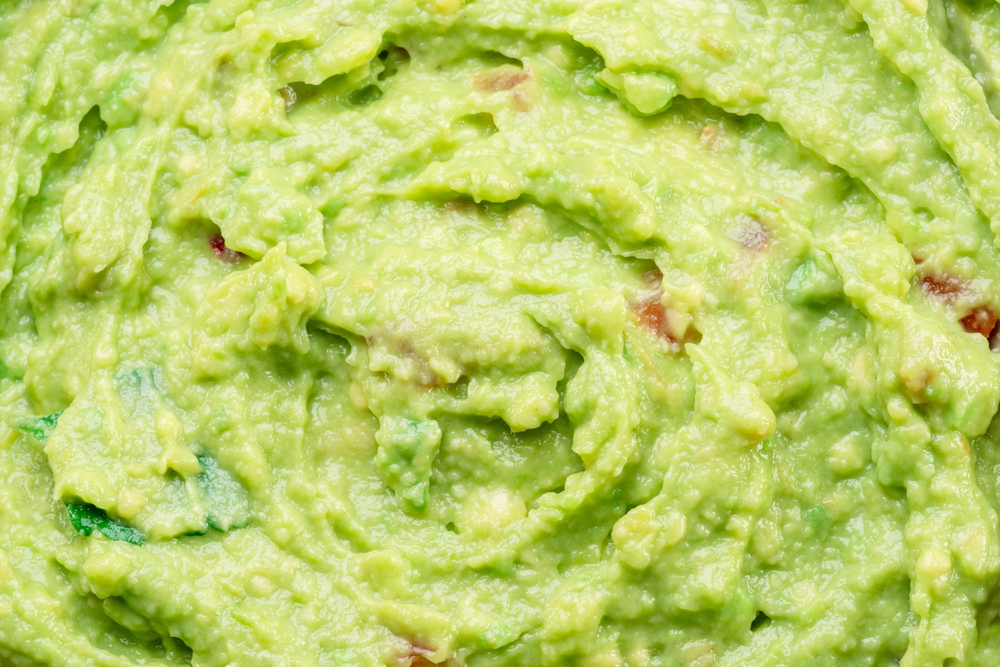
Right now, the AI correctly predicts firmness 92% of the time and freshness about 84% of the time. As more avocado images are added to the dataset, those numbers are expected to climb.
Benefits for retailers and producers
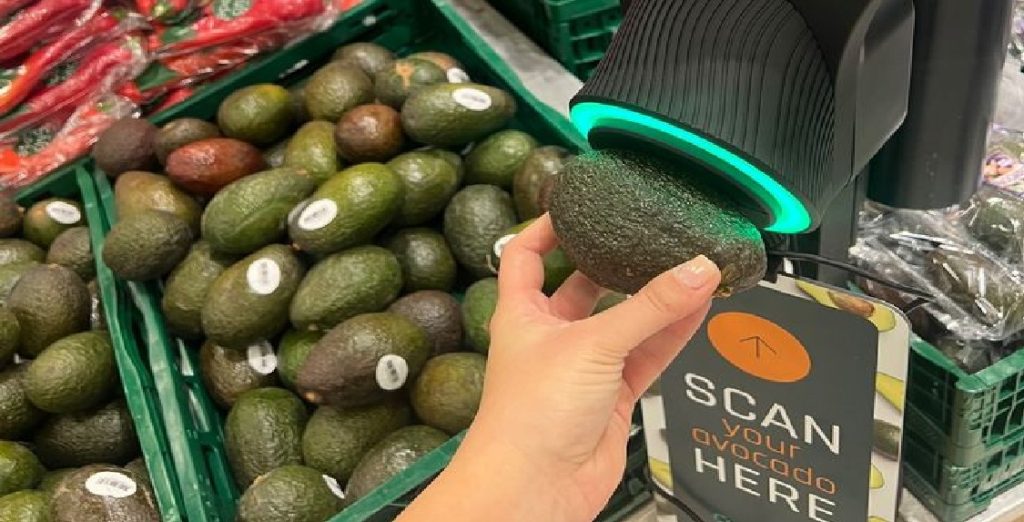
The technology can also help food processors and grocers decide which avocados to sell first and where to ship them, improving supply chain efficiency and cutting spoilage.
Not just for shoppers
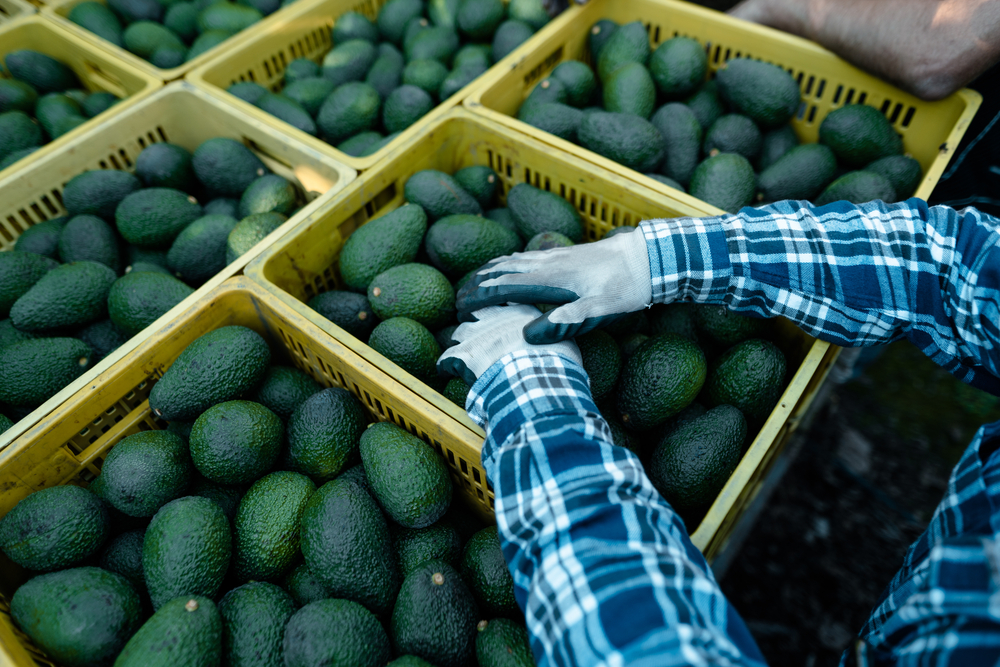
The AI could sort produce by ripeness in real time, helping distributors send softer avocados to nearby stores and firmer ones to locations farther away.
Beyond avocados
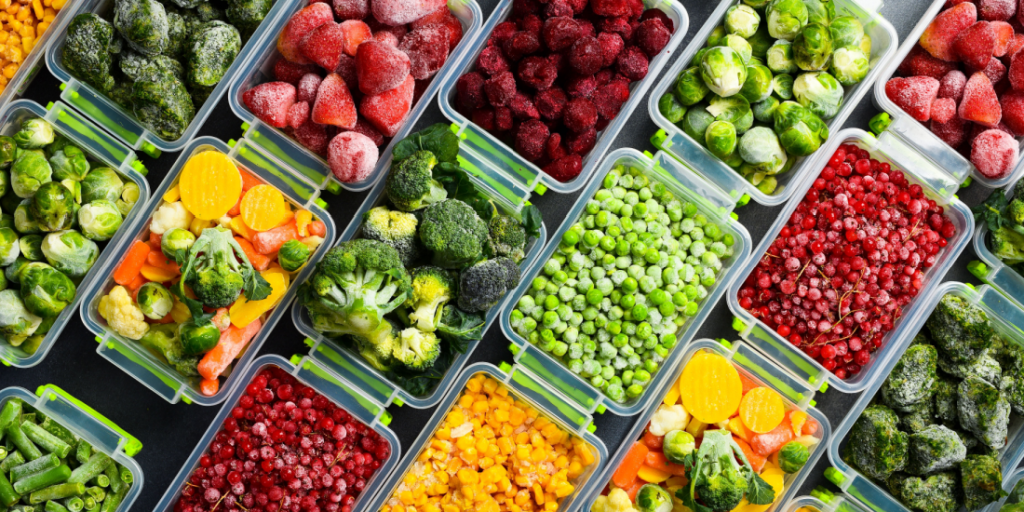
The researchers believe this approach can be adapted for other fruits and vegetables, potentially transforming how we manage food quality and reduce waste at scale.
Also read
Built for everyday use
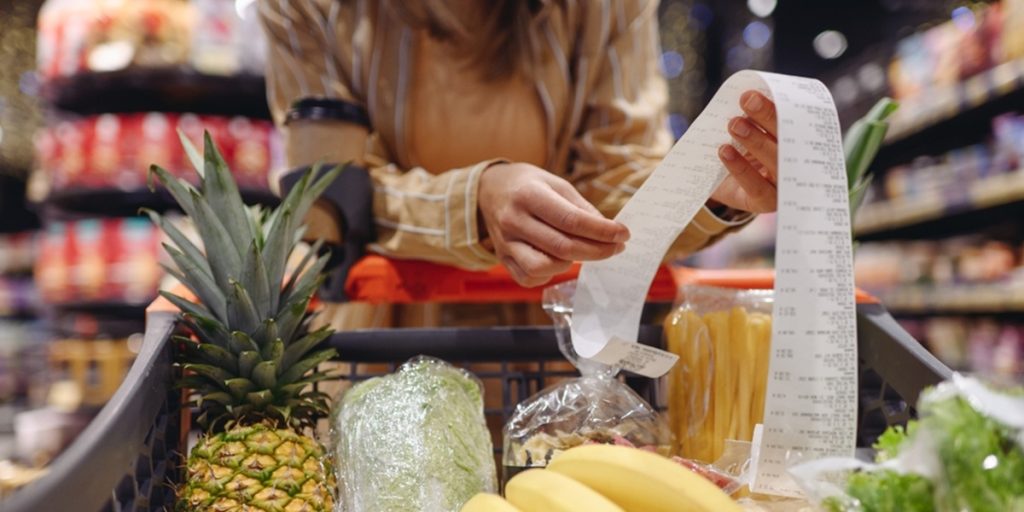
Because the model uses smartphone-quality photos, it’s accessible without expensive hardware — making it practical for farms, stores, and home kitchens alike.
A personal project with wide potential
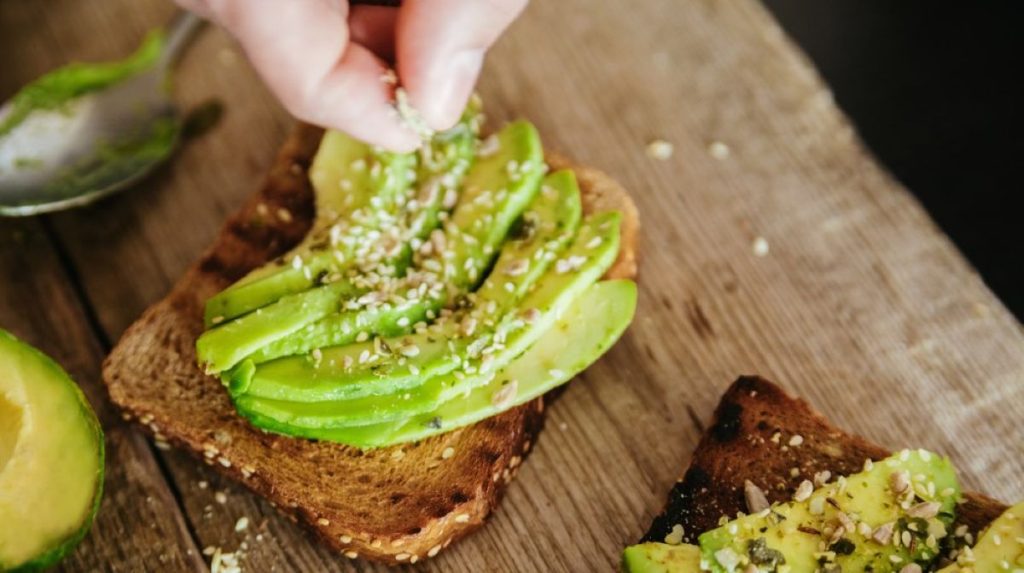
Lead researcher Luyao Ma said she was motivated by avocados’ high value and waste levels — and her own love for avocado toast. With AI, better choices and less waste could soon be a tap away.

